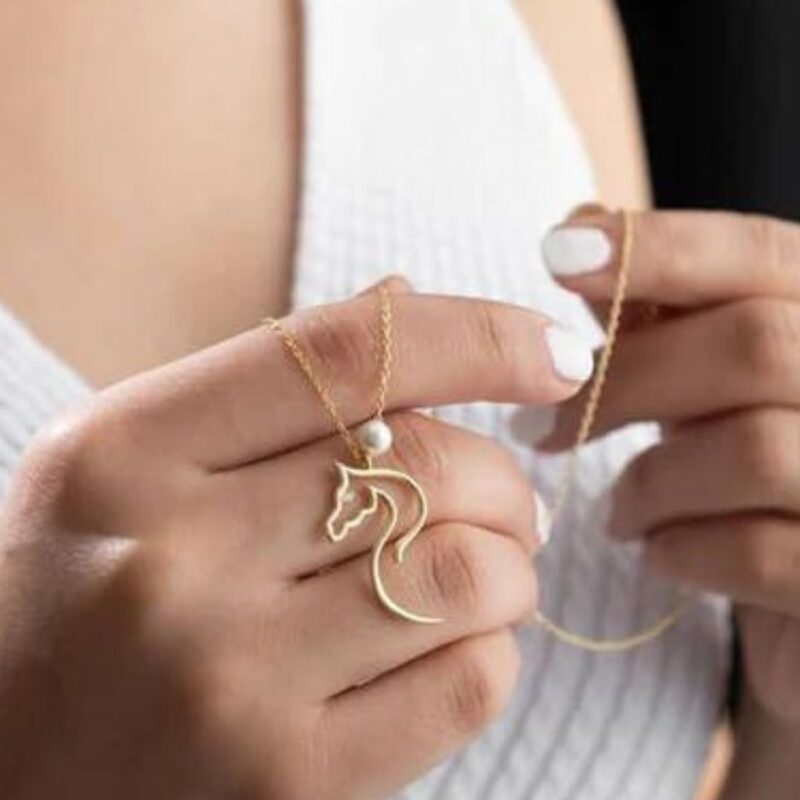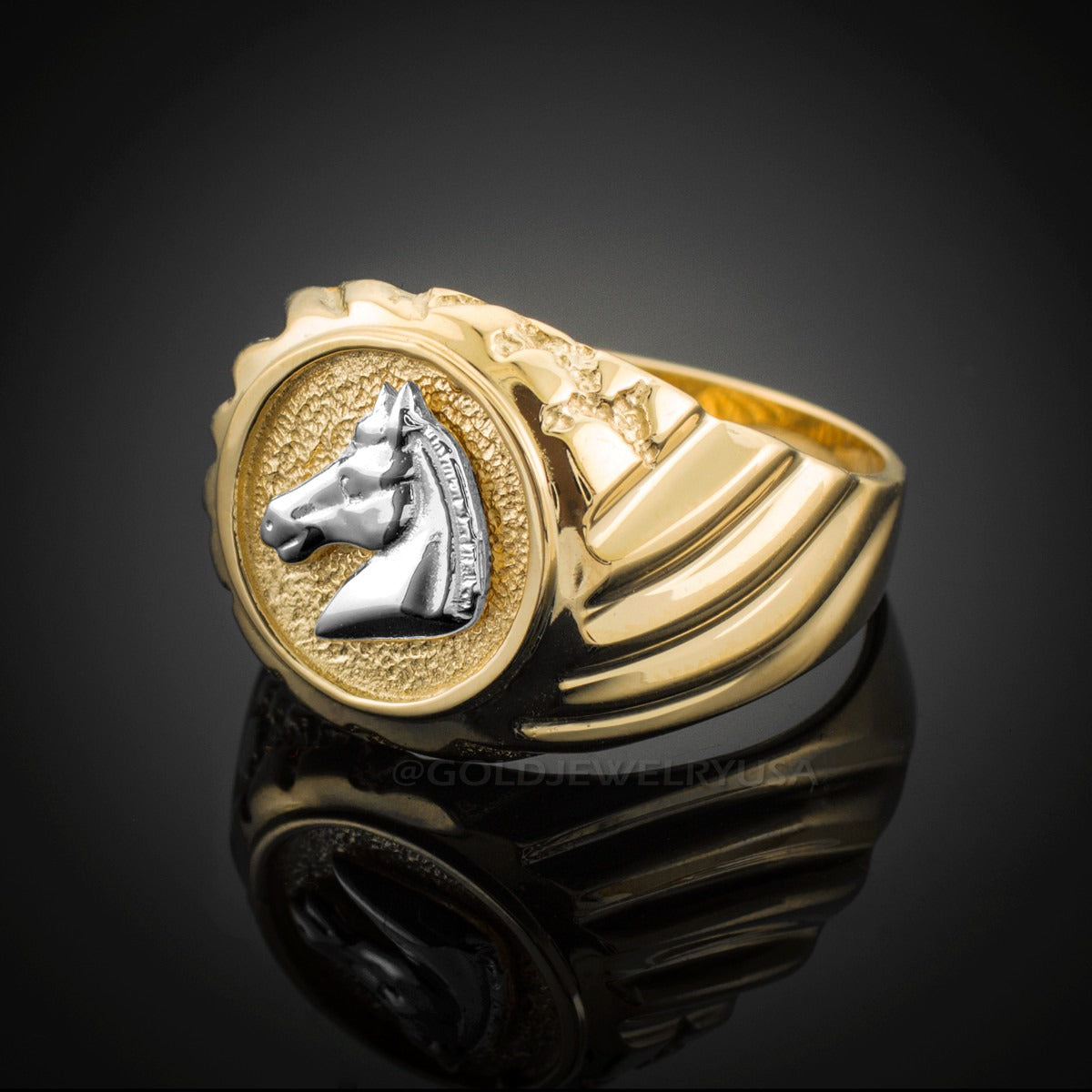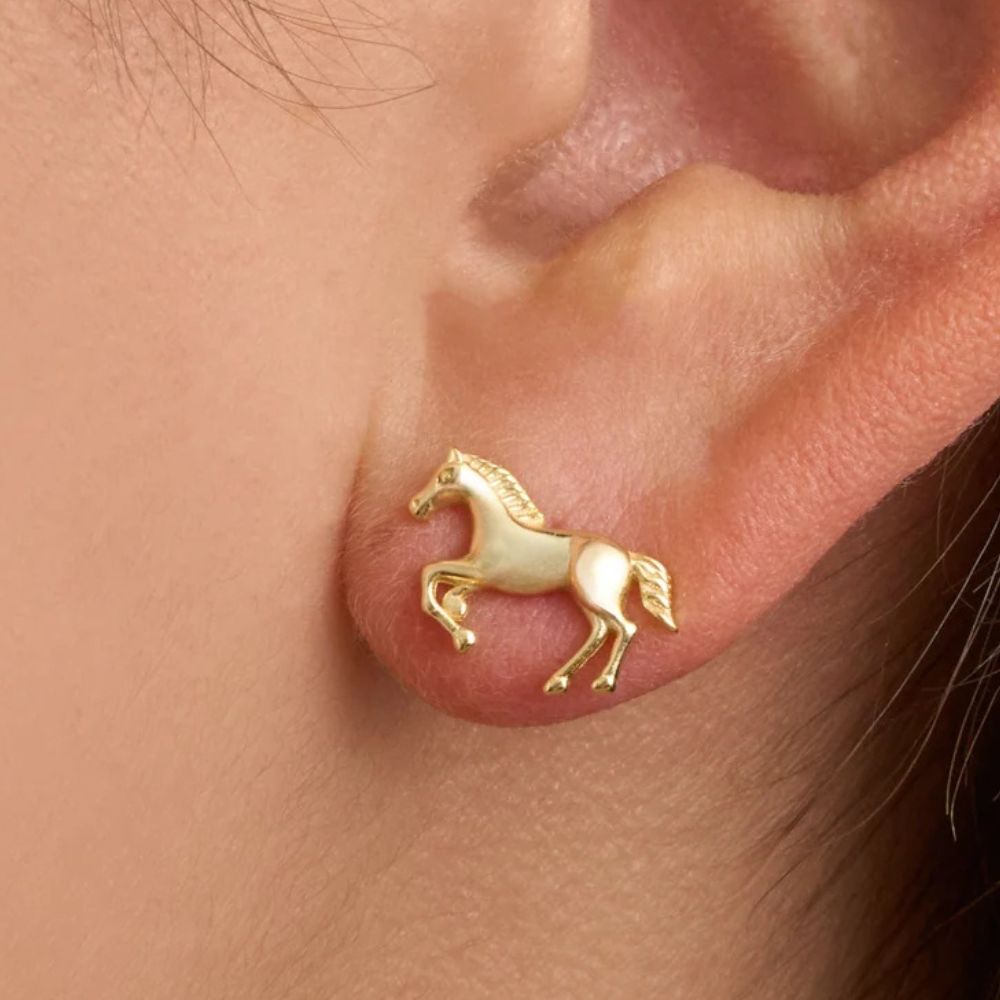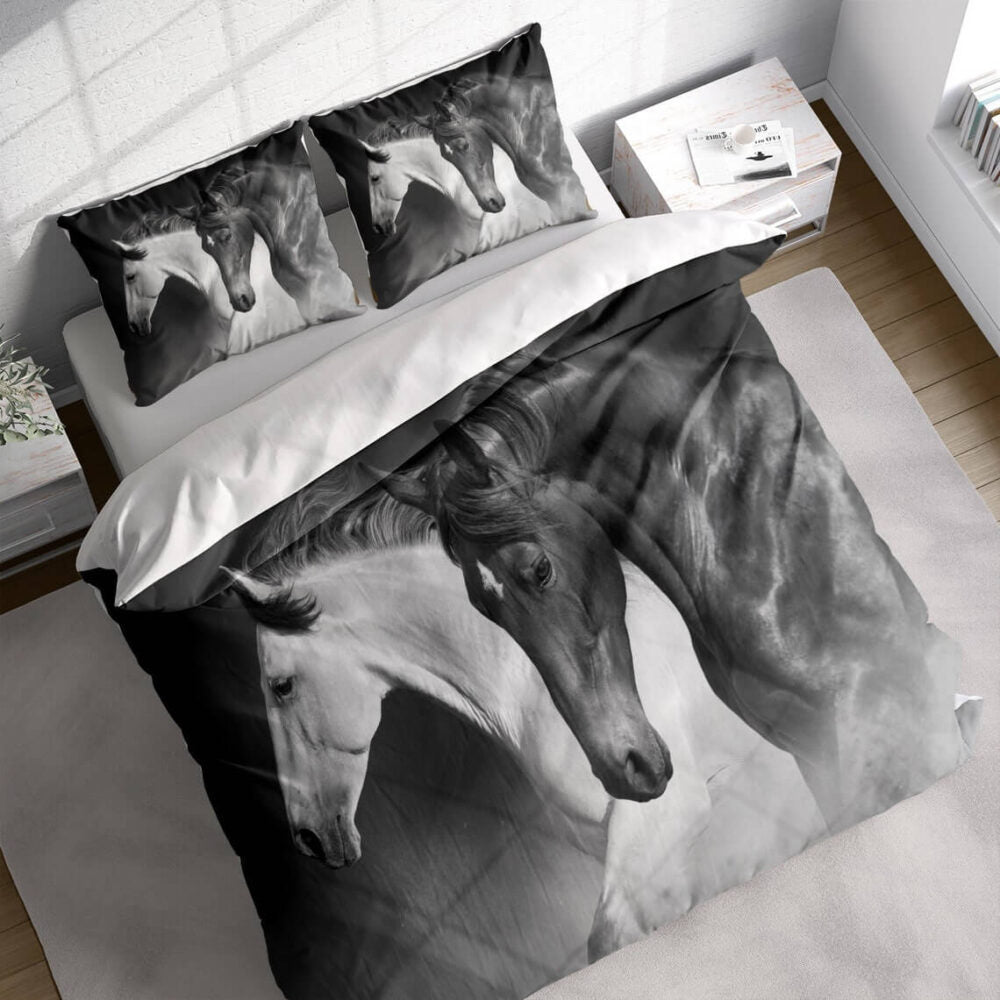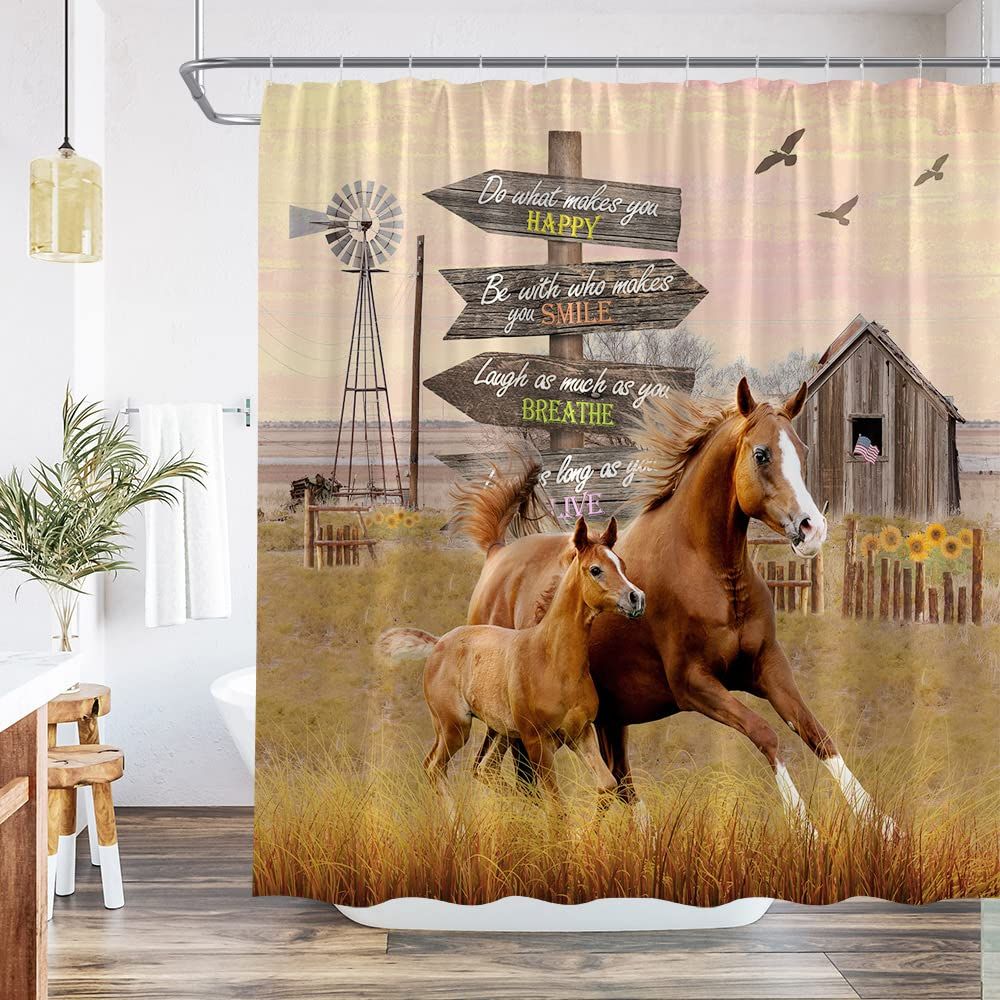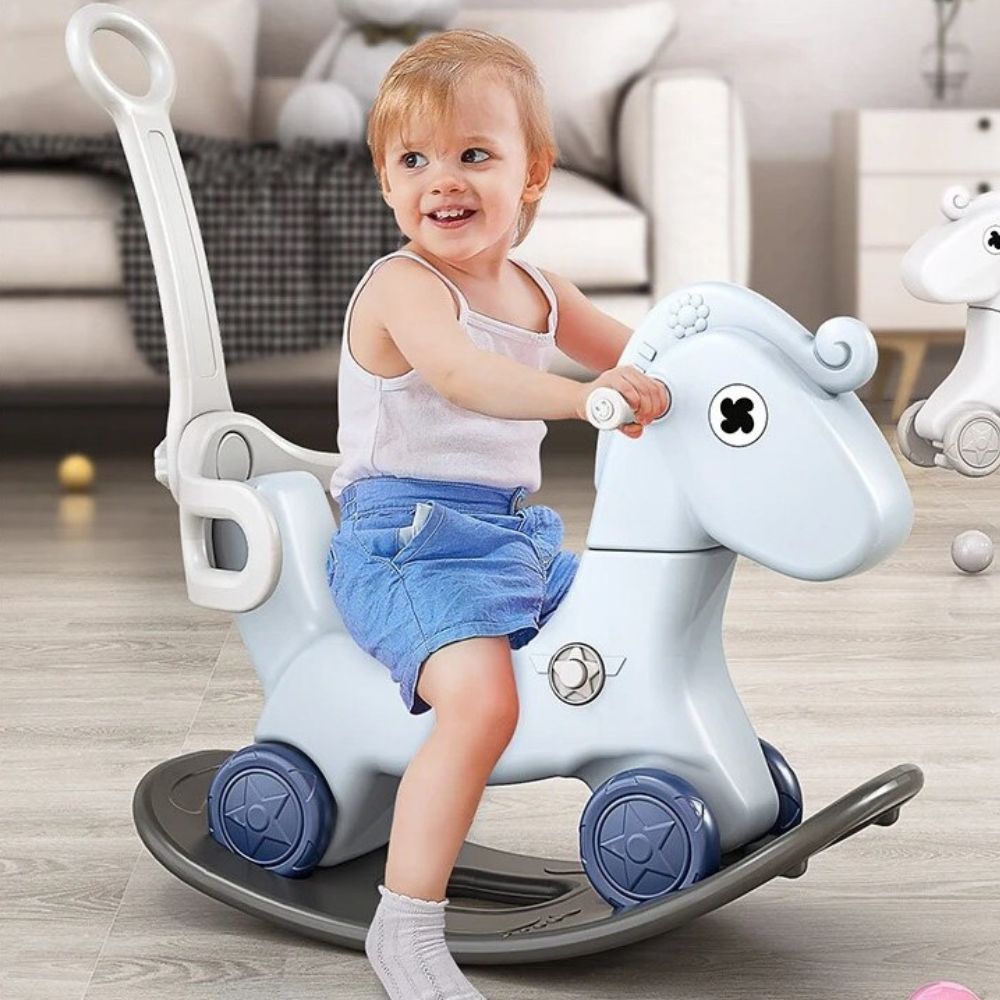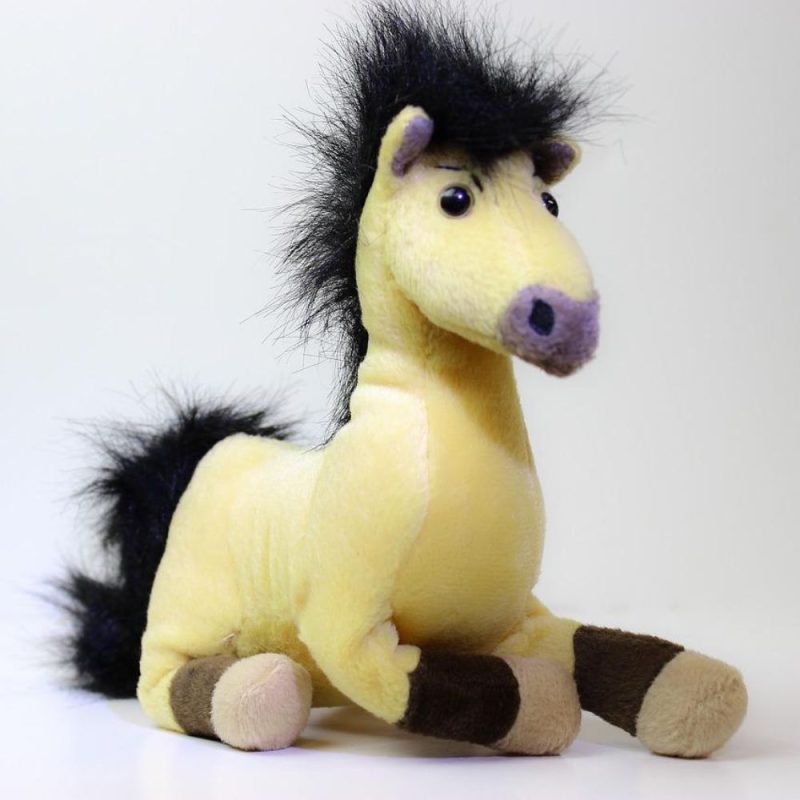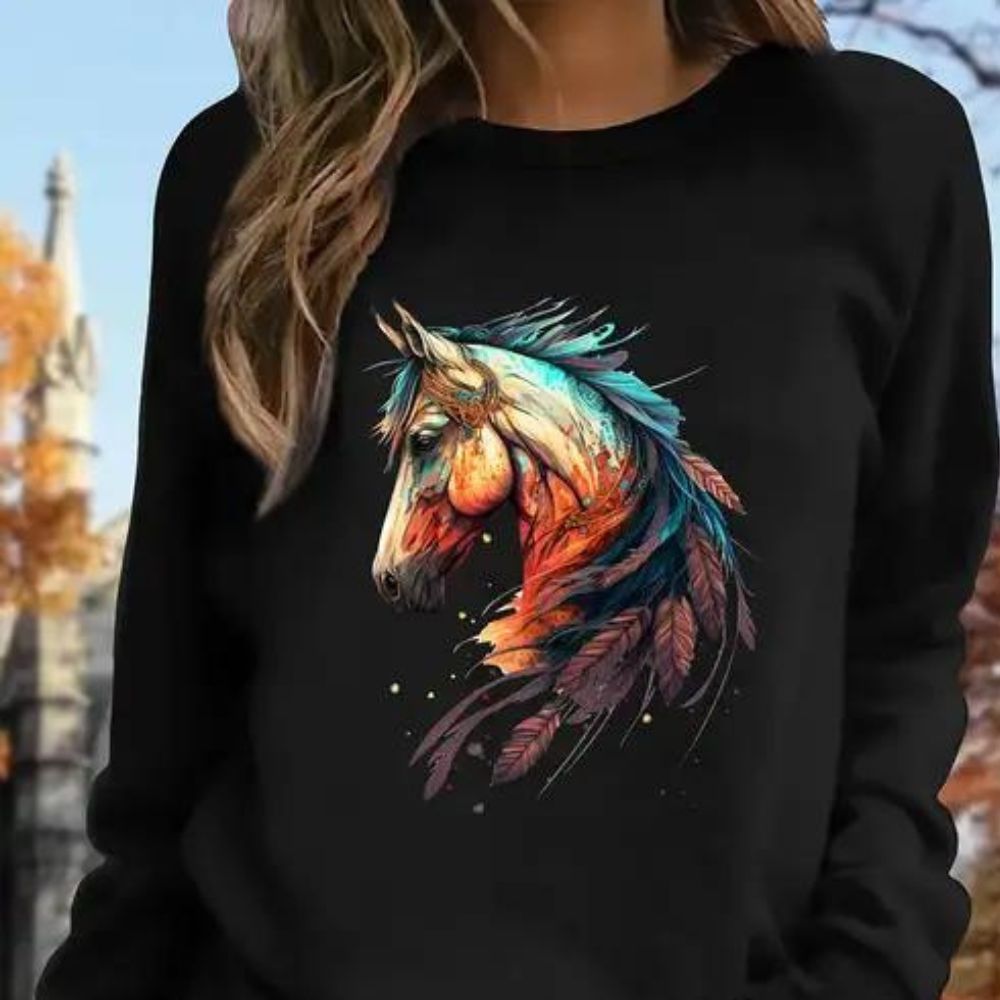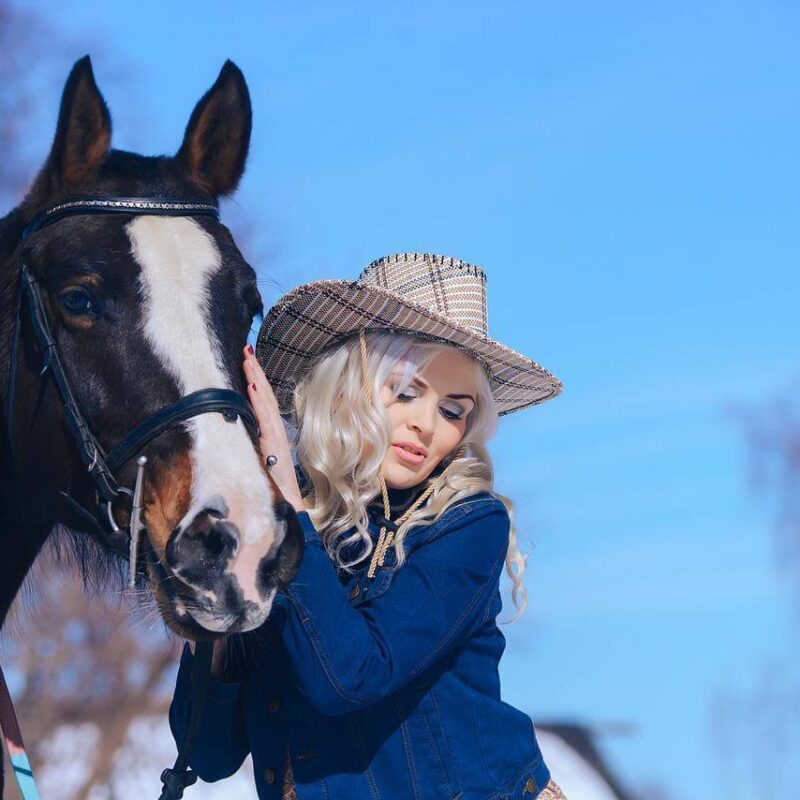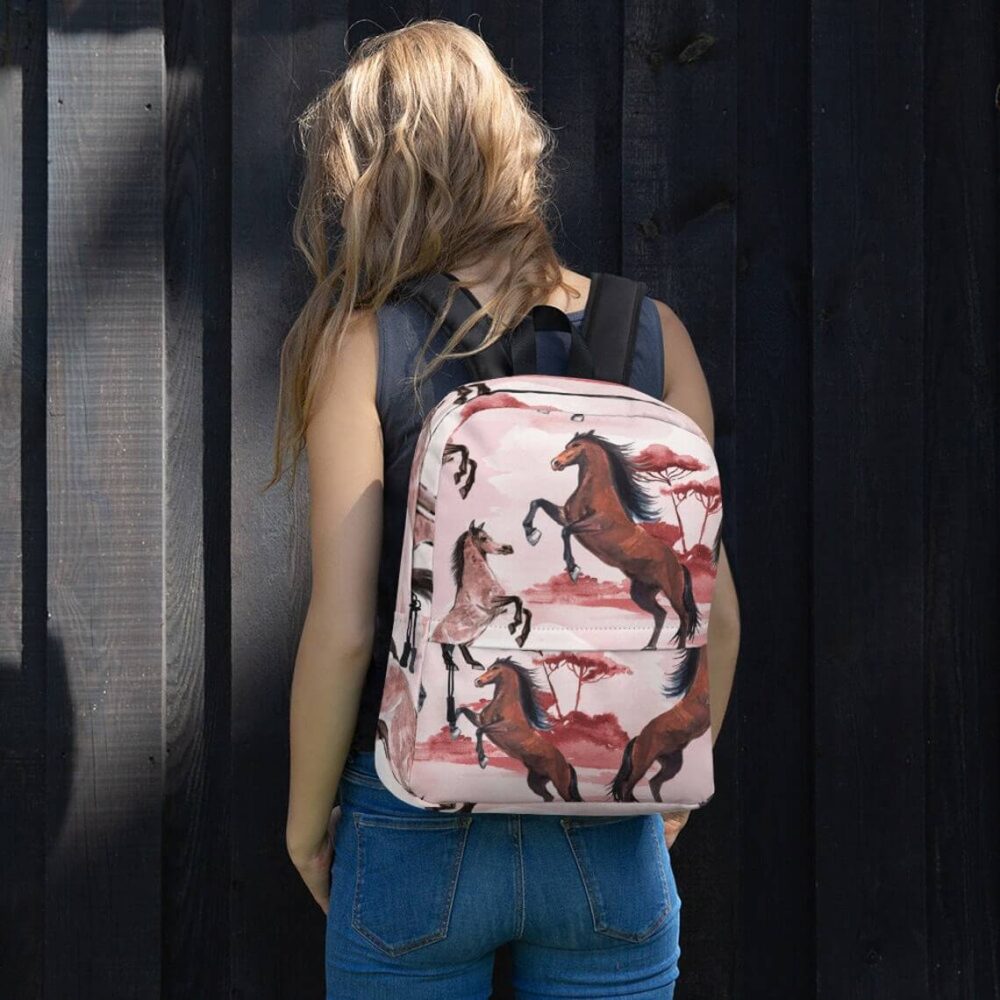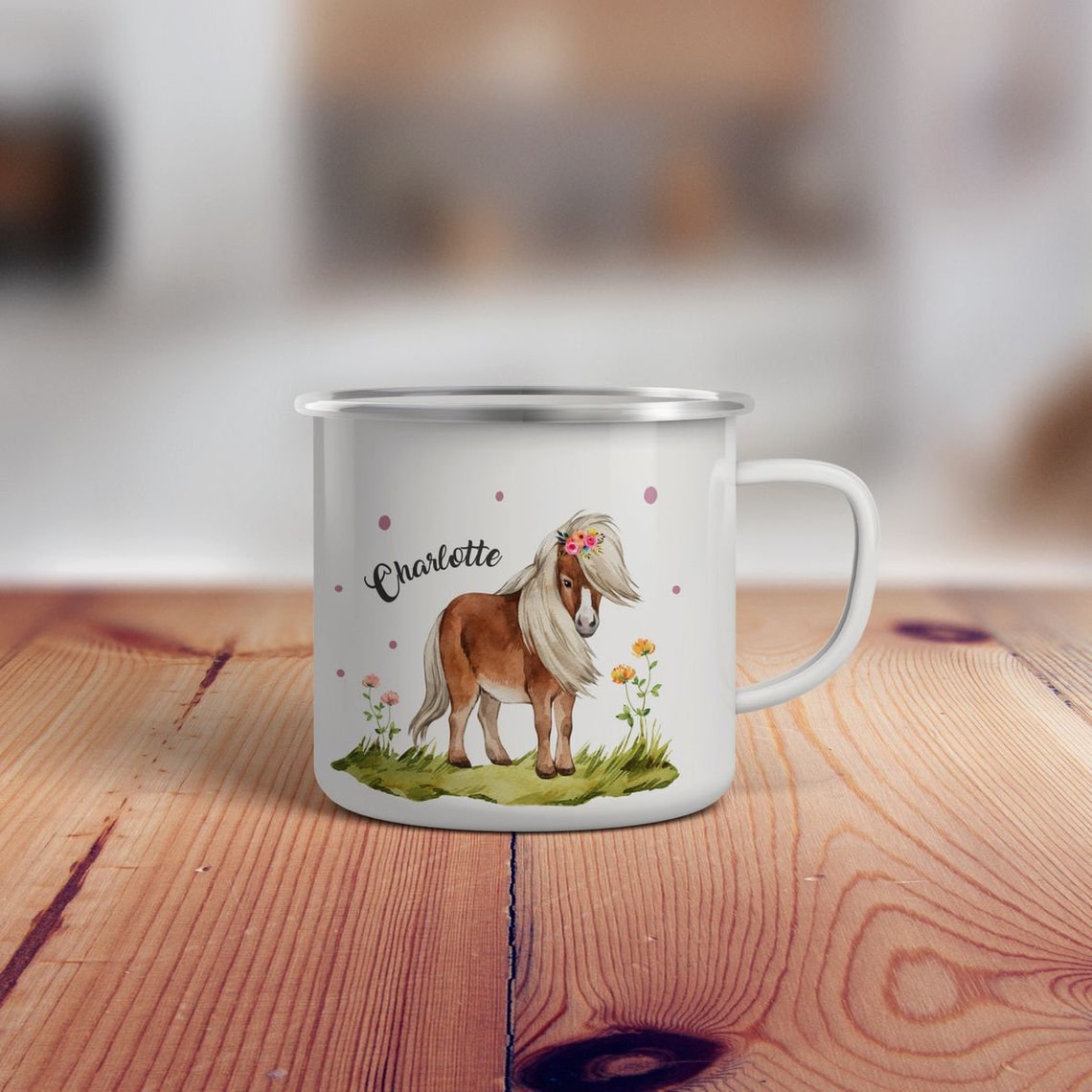
Do Horses Have Whiskers? The Surprising Truth About Equine Whiskers
Ever run your fingers along a horse’s muzzle and felt those stiff, bristly hairs near their nose? 🐴 Those aren’t just stray hairs—they’re whiskers, and they play a far bigger role in your horse’s life than you might think. Much like cats and dogs, horses rely on these specialized tactile hairs to navigate their world, sense danger, and even enjoy their dinner. But why do they have them, and what happens if they’re removed? Let’s dive into the fascinating truth behind equine whiskers.
Yes, Horses Have Whiskers—Here’s Why They Matter
Horses absolutely have whiskers—and they’re not just for show. These stiff, thick hairs, scientifically known as vibrissae, grow around a horse’s muzzle, eyes, and sometimes even their ears. Unlike regular fur, whiskers are deeply rooted in nerve-rich follicles, making them ultra-sensitive touch receptors.
But why do horses need them? Imagine trying to graze in tall grass without being able to see where your mouth is—or navigating a dark stall with limited vision. Equine whiskers act like built-in sensors, helping horses detect objects, judge distances, and avoid injuries. They’re especially crucial for foals, who rely on them to find their mother’s udder.
And here’s something surprising: whiskers aren’t just for wild horses. Even domesticated breeds depend on them. Some equestrian disciplines (like show jumping) allow trimming, but many welfare organizations argue against it—because removing whiskers can leave horses disoriented and more prone to accidents.
The Science Behind Horse Whiskers
How Whiskers Function Like Tiny Antennas
Whiskers aren’t just ordinary hairs—they’re highly specialized tactile tools. Each whisker is embedded in a follicle packed with nerve endings, sending instant signals to the horse’s brain. This helps them:
- Detect nearby objects (like fences or feeders) without needing to see them.
- Judge texture and distance, especially when grazing or drinking.
- Sense air currents, alerting them to potential threats.
In fact, studies suggest that horses with intact whiskers are less likely to bump their heads or misjudge distances—proof that these tiny hairs make a big difference.
Where Do Horses Have Whiskers?
While muzzle whiskers are the most obvious, horses also have them in other key spots:
- Above the eyes (like eyebrows) to protect against debris.
- On the chin for better ground awareness.
- Around the ears in some breeds, helping detect sounds and movement.
Fun fact: Some horses even have whiskers inside their nostrils—though these are finer and harder to spot.
The Debate Over Trimming Horse Whiskers
Why Some Riders Trim Them (And Why They Shouldn’t)
In certain competitive circles (like dressage or horse shows), whiskers are sometimes trimmed for a «cleaner» look. But here’s the problem: whiskers don’t grow back instantly, and removing them can cause real issues.
- Increased injury risk: Without whiskers, horses may misjudge distances and bump into objects.
- Reduced foraging ability: They rely on whiskers to distinguish between grass and harmful plants.
- Stress and confusion: Losing this sensory input can make horses more anxious.
Countries like Germany and Switzerland have banned whisker trimming in competitions, recognizing it as an unnecessary welfare concern.
What If Your Horse’s Whiskers Are Damaged?
If a horse loses whiskers naturally (due to rubbing or aging), they’ll eventually regrow—but it can take months. In the meantime, owners should:
- Avoid rough handling around the muzzle.
- Provide extra supervision in unfamiliar environments.
- Use soft, whisker-friendly feeders to prevent irritation.
Whiskers vs. Other Equine Sensory Adaptations
Horses don’t just rely on whiskers—they have other incredible ways to sense their surroundings:
- Large, rotating ears to pinpoint sounds.
- Wide-set eyes for nearly 360-degree vision.
- Sensitive lips that can sort through hay to pick out the best bits.
But whiskers remain one of their most underrated tools, acting like nature’s own proximity sensors.
Celebrating the Little Things That Make Horses Amazing
Next time you’re grooming your horse, take a moment to appreciate those wiry little whiskers. They’re not just a quirky feature—they’re a vital part of how horses experience the world. Whether they’re nuzzling your hand for treats or carefully picking their way through rocky terrain, whiskers help them do it all with grace and precision.
So, the next time someone asks, «Do horses have whiskers?»—you can tell them yes, and they’re far more important than they look. After all, the best things often come in small (and sometimes whiskery) packages. 🐎💖








